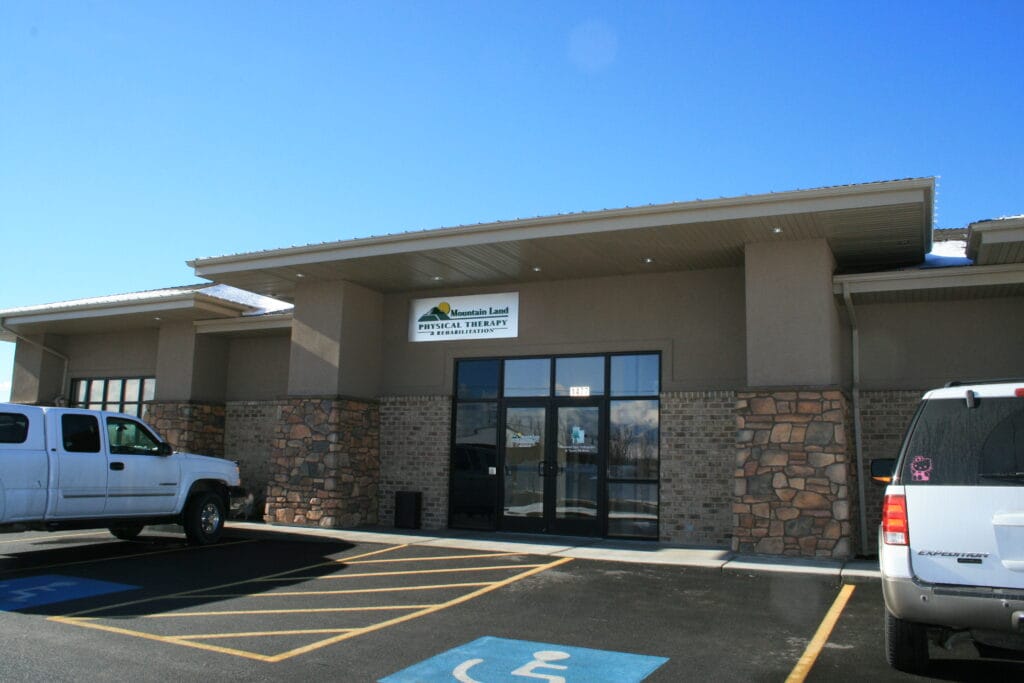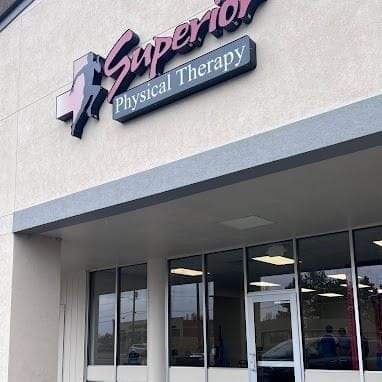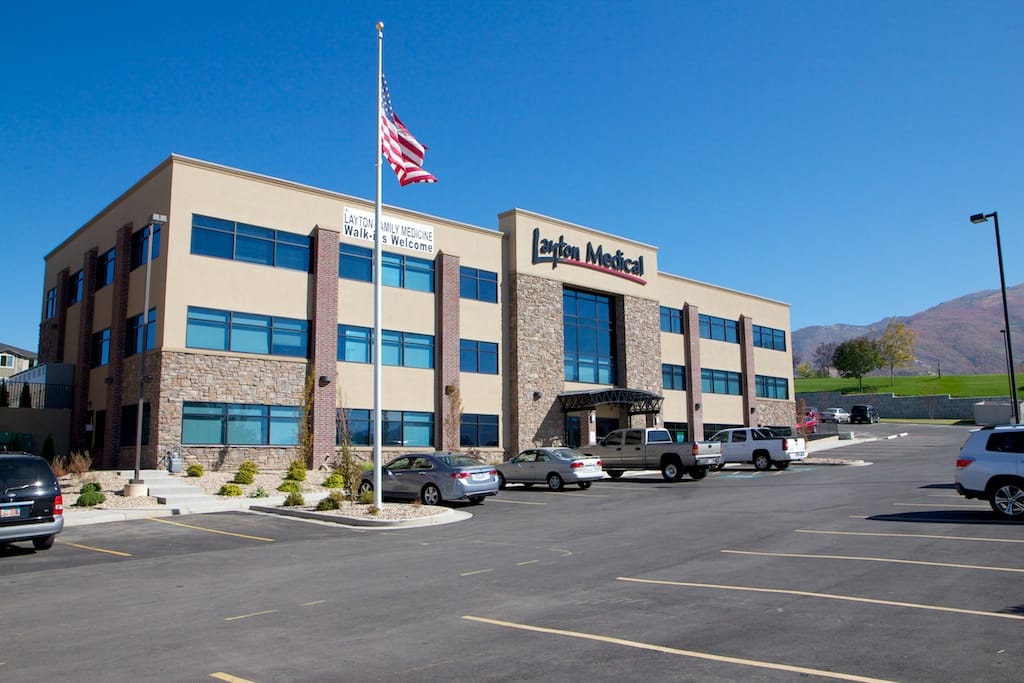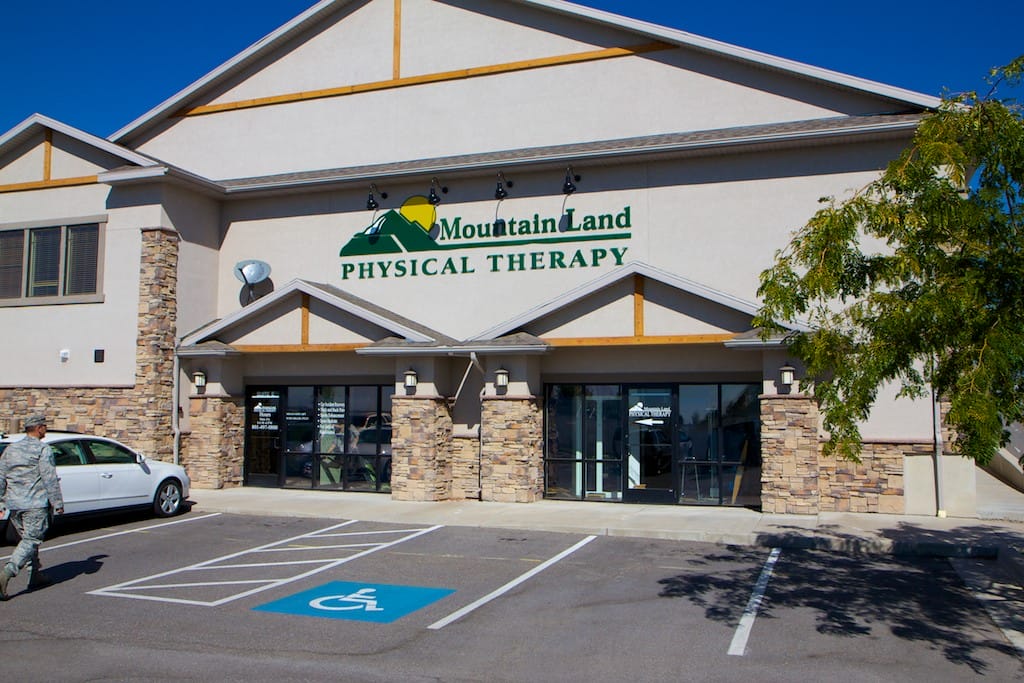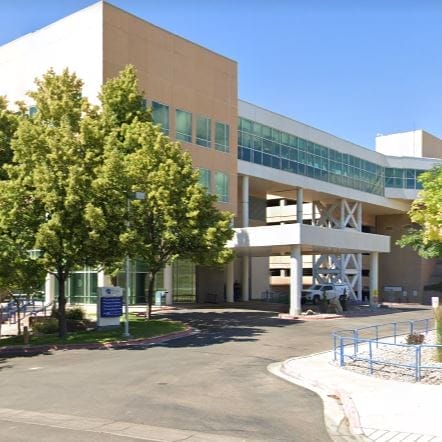Have you noticed your baby’s head tilting to one side or them preferring to look in one direction? Infant torticollis is what causes this and is the result of a tightened muscle on one side of the neck. It is common, affecting 3 in every 100 babies and, in most cases, easily treated. Your baby could have been born with the condition (congenital torticollis), which is usually due to their position in utero or injury during birth. Babies can also develop it after birth (acquired torticollis) and is usually the result of trauma or infection. Although your baby may be born with torticollis, you may not notice for 6-8 weeks when they start to gain more control of their head and neck.
The best way to manage torticollis is to encourage your baby to turn their head in both directions and to see a physical therapist. They can provide range of movement and strength exercises and track their head shape development and progress.
If the torticollis is paired with flattening on one side of your baby’s head, it is beneficial to have them assessed by your physician and a physical therapist to determine if there is a need for a helmet consult to help shape your baby’s head while they are growing. Helmets can be most effective when started around 3 months old.
Symptoms to look for may include:
- Head tilt or rotation to one side: This is the most obvious symptom of torticollis. The baby’s head may be consistently turned to one side, or tilted at an angle, making it difficult for the baby to turn their head to the opposite side.
- Reduced range of motion to move baby’s head: Infants with torticollis may have difficulty moving their head in all directions, resulting in a reduced range of motion.
- Flattening on one side of baby’s head: Torticollis can cause pressure on one side of the baby’s head, leading to a flat spot or an uneven shape.
- Asymmetrical posture: Babies with torticollis may adopt an asymmetrical posture when lying down or sitting, with one shoulder or hip appearing higher than the other.
- Baby may prefer feeding from one side only: Babies with torticollis may prefer feeding from one breast or bottle position as it may be more comfortable for them to turn their head to one side.
- A noticeable tight muscle on one side of the baby’s neck: In some cases, a tight muscle may be felt on one side of the baby’s neck. This can be a sign of a more severe case of torticollis.
- Delayed development milestones: If left untreated, torticollis can cause delayed development milestones such as crawling, sitting up, or walking.
Physical therapists are trained to help your baby improve their range of motion, strengthen their neck muscles, and develop good head and body control. A physical therapist will create a personalized treatment plan based on your baby’s specific needs, which may include exercises, stretches, massage, and positioning techniques to encourage the baby to use its weaker muscles. Through regular therapy sessions, your baby will gradually improve their posture, head position, and overall movement. Physical therapy can also help prevent the development of flat spots on the baby’s head and may speed up their progress toward achieving developmental milestones. Working with a physical therapist can make a significant difference in your baby’s quality of life and ensure that they are able to achieve their full potential.


